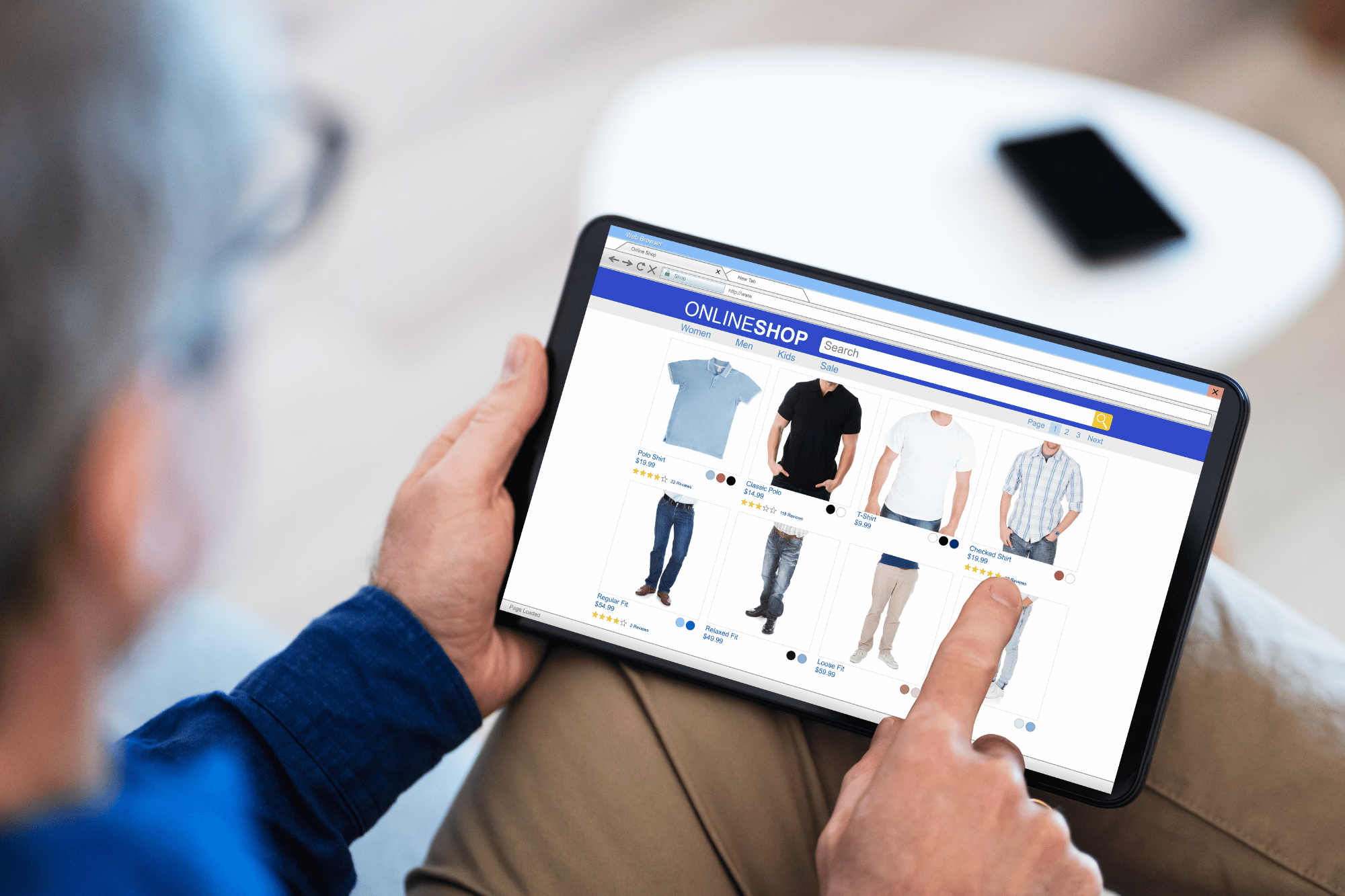Comparing Order Fulfillment Solutions
No matter how perfect your business model, what you sell, or what niche you fill, your retail business is nothing without a seamless and organized order fulfillment solution. Imagine for a second that you bring up the menu of a restaurant you’re interested in online; practically everything on the menu catches your eye, so you invite some friends to dinner.
“Sorry, we’re out of that.” Is the answer you receive when you sit down and order. “We’re out of that, too.” When you request your option b. “We technically have that, but it takes a long time to prepare.” This is the third answer you receive. Would you find yourself going back to that restaurant, as great as it seemed at first? Probably not. An inability to fulfill product orders through your business leaves a bad taste in your customer’s mouths just the same. With that said, we encourage you to take a close look at your order fulfillment; there are two primary ways to go about it.
Do it Yourself (DIY) vs. Outsourcing
As a business owner, you might have the attitude of, if you want it done right you should do it yourself. While that sentimentality can be true for a lot of things, we’re often asked if it’s a tactic you can use in order fulfillment. The short answer is yes, but the root of the answer is deep.
If your business is new or maintains a consistent volume that you’re used to, then the question of fulfilling an order can be an easier one to answer. However, if you’re planning for growth, have a seasonal ebb and flow, or simply don’t know what the future has in store, you may want to outsource this part of your business.
To put it simply, DIY allows for complete control of the process whereas outsourcing is typically done off-premises and handled by a team that you may not even meet. However, with outsourcing, you’re receiving a certain level of expertise and scalability.
How Does DIY Order Fulfillment Work?
What does DIY order fulfillment look like? While there are many ways to go about it, the common thread that runs through each scenario is that you roll your sleeves up and do everything in-house. That means dedicating a portion of your business to warehouse space where you can store, package, ship, and even receive your products. Your warehouse could be part of your main office property or a separate building. Either way, you’re responsible for it.
DIY Pros
- Complete control of your inventory, as well as control of who interacts with it
- Ability to develop and maintain a workflow that becomes better through time
- Insight into your business at all times
- Depending on your needs, it could be cheaper
DIY Cons
- Responsibility for every point of failure in your ordering process
- Scaling up or down means hiring or downsizing your workforce, which is stressful
- Must accommodate the real estate needed to operate your fulfillment
- Time spent on ordering logistics is time spent away from high-level business decisions
- Building a team means maintaining that team and retaining their expertise
What is Third Party Logistics (3PL) Fulfillment?
While DIY prides itself on complete control, 3PL prides itself on the opposite; they take the mental energy needed for developing a seamless order fulfillment and remove it from your plate. If you’re a business owner, then you understand that less stress means more time for creativity.
Furthermore, some of the most successful bosses in any industry will tell you that doing everything yourself is the fastest way to exhaustion and disillusionment. If someone somewhere else can do something better than you, and do it with little oversight, then you might want to simply let them.
3PL Pros
- These types of businesses know order fulfillment in and out; it’s their bread and butter
- The scalability requirements are taken out of your hands, reducing your stress and letting you easily scale order fulfillment up or down as your business needs change
- Most 3PLs will accommodate seasonal fluctuations without forcing you into long-term contracts, so you can have the appropriate workforce for the holidays
- You can rest easy knowing that someone else is managing your fulfillment team, giving you the freedom to concentrate on other aspects of your business
- While 3PLs can be more expensive up front, they often save money long-term in the form of physical real estate (you don’t need an on-site warehouse) and packaging (you’re not paying for packaging materials)
- Access to an online portal where you can receive real time tracking
3PL Cons
- Hiring a 3PL could potentially cost you more; there is always a premium on convenience
- If you’re a hands-on boss, you may be bothered that your distribution center isn’t on-site
- Not all 3PLs are equal; do your research and ask around to find one that is reliable
In the World of Commerce, Reinventing the Wheel is Often Not the Solution
There’s a reason we tell each other not to reinvent the wheel. What we’re really saying is, if a system works well, then you’re more than likely not the one that’s going to improve on it. Order fulfillment is a well-shaped wheel that, for decades, has been refined and streamlined into what it is today.
Sure, you could do it yourself. Yet, for many of us, there’s not much we can do to improve on it. Even then, let’s say you become an expert; what is your business model? Do you want to be known for your organized logistics or for your innovative product and/or service? With 3PL, it could be both. With DIY, it may be one or the other.
Interested in how Bluegrass can help?
See what we can do.
You may also like...



